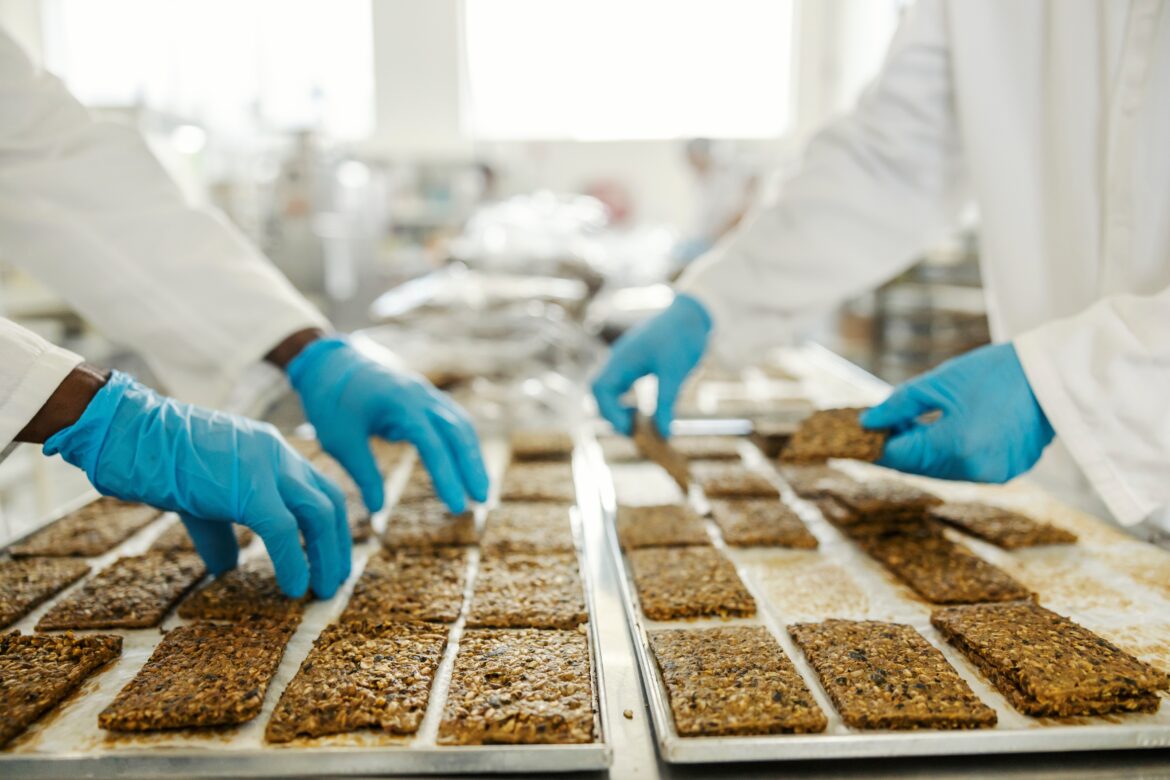Dr. David Kessler, a physician, lawyer, and former Commissioner of the U.S. Food and Drug Administration (FDA), has filed a Citizen’s Petition to the FDA aimed at redefining how certain processed foods are classified. The petition, submitted to current FDA leadership, urges the agency to revoke the “Generally Recognized as Safe” (GRAS) designation for a broad range of refined carbohydrates. Kessler’s proposal targets refined sweeteners (such as corn syrup, glucose syrups, and maltodextrin), refined flours and starches subjected to extrusion processing, and combinations of these ingredients with emulsifiers, stabilizers, dough conditioners, and other additives. If the FDA agrees, foods containing these ingredients would no longer qualify as GRAS, meaning their sale in the U.S. would require new regulatory approval.
The GRAS system, which determines which substances are considered safe for use in food, includes many ingredients that may come as a surprise to consumers. Some of these substances are derived from unexpected sources or serve highly specialized functions. A few interesting inclusions on the GRAS list are highlighted below.
21 CFR Part 182: Substances generally recognized as safe (GRAS)
Ambergris – listed as derived from Physeter macrocephalus (sperm whale). Animal-origin perfumery material is showing up as a flavor source.
Castoreum – a beaver (Castor fiber, C. canadesis) gland secretion used as a flavor extract.
Civet – from civet cats (Viverra civetta, V. zibetha). Another animal-glad extract is listed for flavoring.
Silica aerogel – is described as a “finely powdered microcellular silica foam” used as part of an anti-foaming agent.
Zinc stearate– allowed only when “prepared from stearic acid free from chickedema factor.” This regulation calls out a specific toxic impurity linked to Chick Edema Disease.
21 CFR Part 184: Specific substances affirmed as GRAS, complete with details on identity, specifications, conditions of use, etc.
Catalase – bovine liver. An enzyme extracted from cow liver is used to decompose residual hydrogen peroxide in foods.
n-Butane & iso-butane – Liquefied petroleum gases used as propellants/aerating agents in food.
Nisin preparation – A peptide with antibiotic activity made by fermenting specific lactic-acid bacteria; used as an antimicrobial in foods.
Benzoyl peroxide – Better known for its use in acne cream. Here it is a bleaching/oxidizing agent in food manufacture.
21 CFR Part 186: Substances affirmed as GRAS for use in food packaging. The substances are not added on purpose for flavor, but contact is inevitable enough to be regulated.
Iron oxides – commonly known as rust. Tiny rust particles can slough off form equipment and still be considered safe in trace amounts.
Japan wax – wax derived from the fruit of sumac trees or sometimes from insects feeding on them, used on candles. Occasionally migrates into food.
Tall oil – byproduct of wood pulp processing.
The ingredients listed above are unusual, but the most striking inclusions may be the ones we can’t see: substances deemed GRAS through private determinations. Companies can self-determine that an ingredient is “generally recognized as safe” without submitting data to the FDA. This process is known as self-affirmation. They are effectively approved through internal company reviews and may never undergo independent testing by the FDA or its scientific committees. Because there is no centralized public database tracking these self-affirmed GRAS substances, the full scope of what’s used in U.S. food production remains unclear.
Read more about GRAS designations at NYCFoodPolicy.org.
Other places to find interesting or unusual ingredients approved for use include:
Substances Added to Food (formerly EAFUS): a searchable database of many food ingredients, GRAS or otherwise.
SCOGS Database: expert opinions and historical review status of certain food additives. These reports were published between 1972 and 1980.
GRAS Notice Inventory: a list of modern industry-submitted GRAS determinations.


